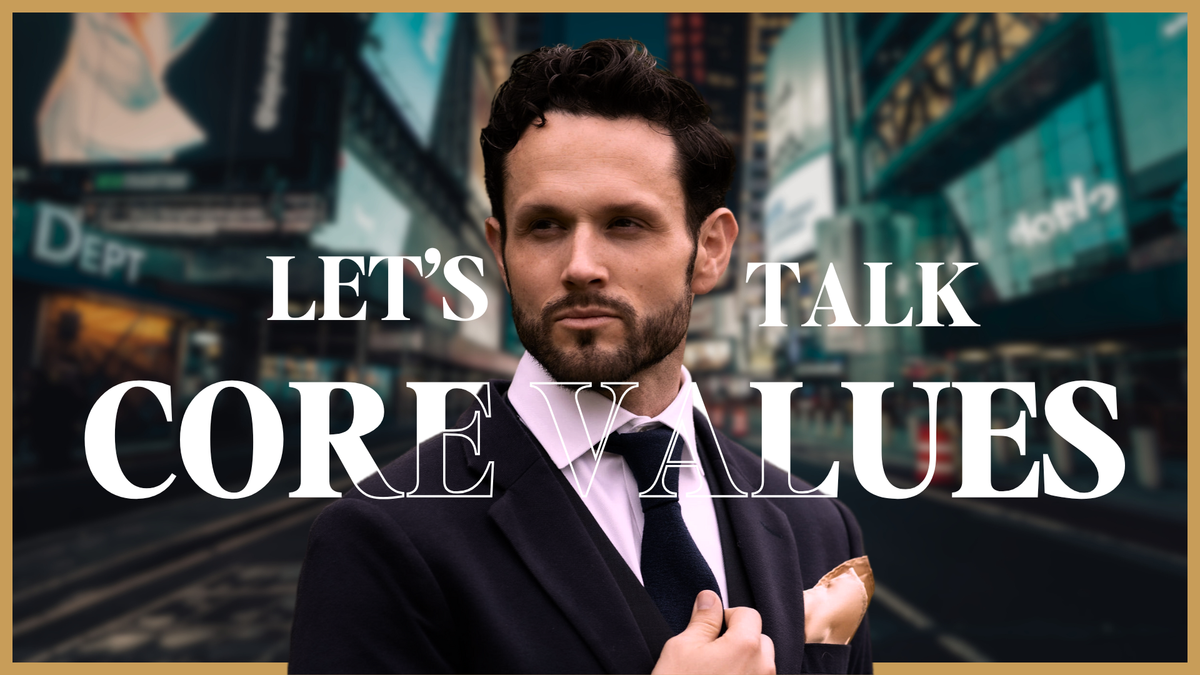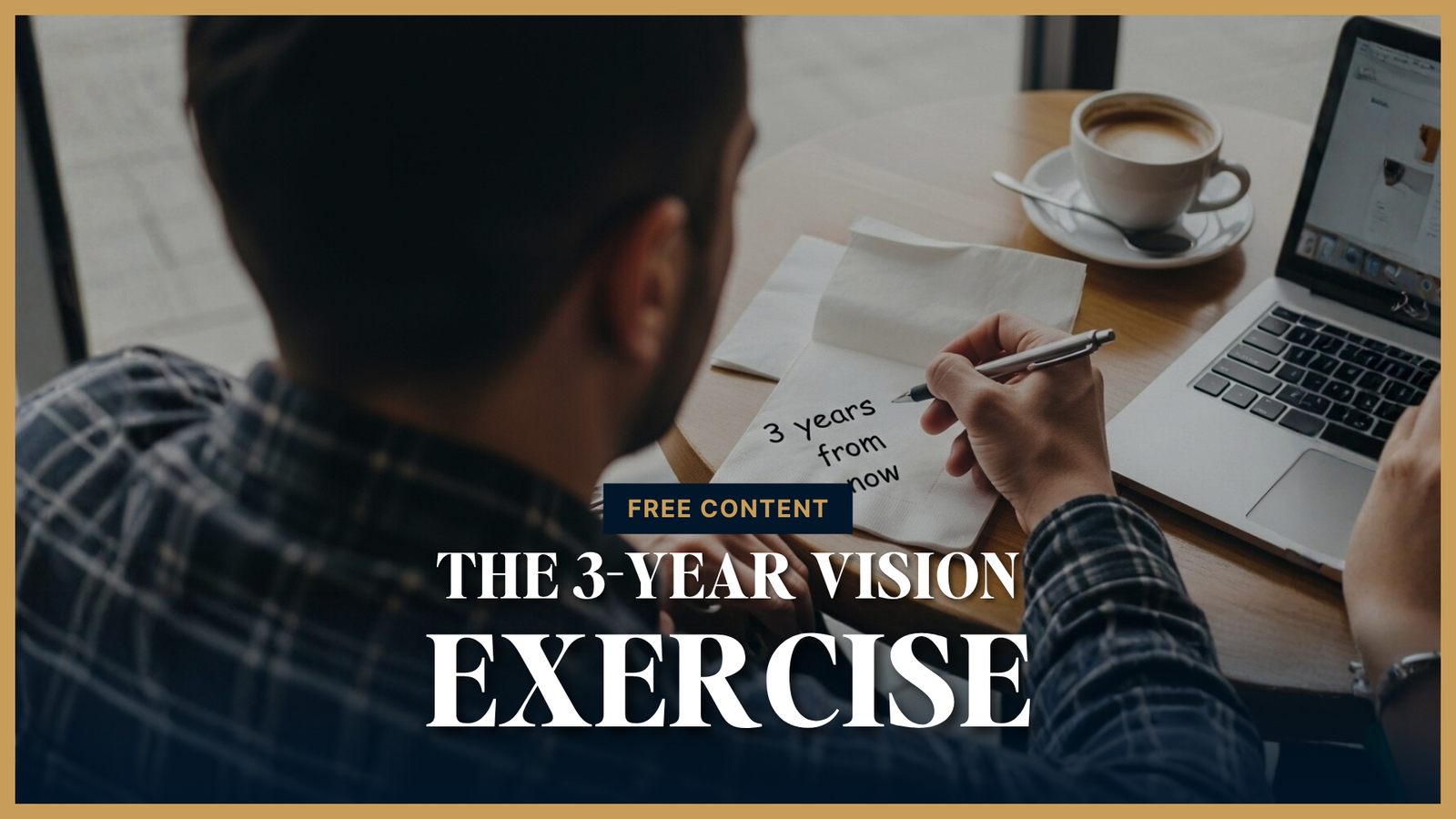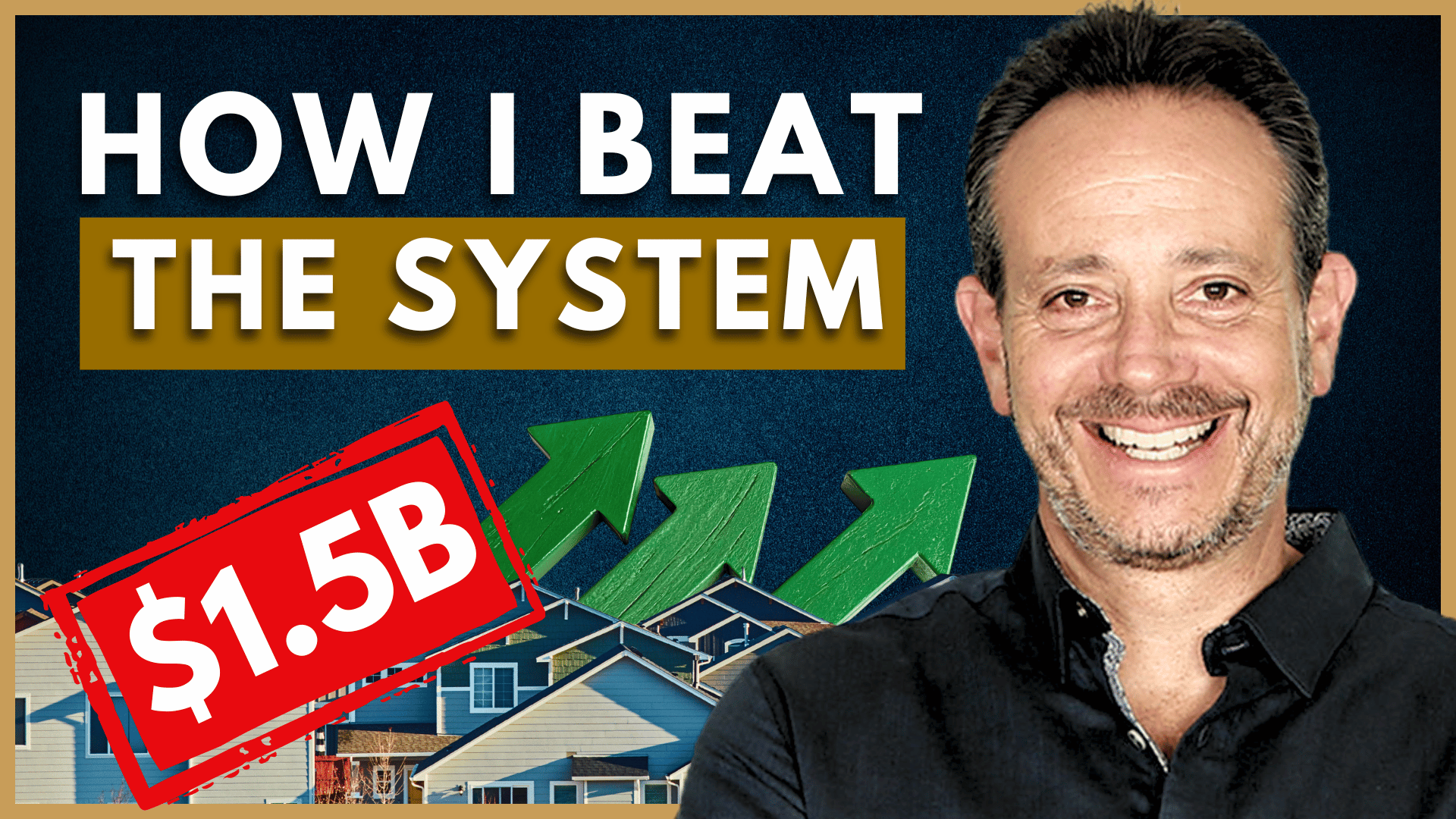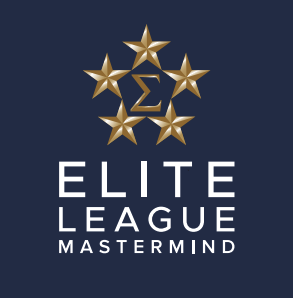When you’re building something — a business, a brand, or even a career — it’s easy to fall into autopilot.
You start chasing metrics, deadlines, or external validation.
Somewhere along the way, you forget why you started in the first place.
This is what Newman calls “grinding without a compass.”
“Your why ultimately — whether you listen to Simon Sinek on TED or go deeper into your thing — your why is ultimately gonna be an emotion. There’s usually a root emotion that you’re trying to get to.”
That line is key:
Your why isn’t a goal.
It’s a feeling.
You’re not chasing money — you’re chasing the emotion you think money will bring you: freedom, peace, pride, safety, joy.
When you identify that emotional root, everything you do starts to make sense again.
This insight came straight out of an episode of The Elite League Podcast, where JP Newman shared his journey of building Thrive FP into a $1.5B company rooted in conscious capitalism and impact investing.
👉 If you want to see the full episode and dive deeper into JP Newman's story and insights, check it out now:
Why Most Entrepreneurs Lose Sight of Their “Why”
When you’re building something — a business, a brand, or even a career — it’s easy to fall into autopilot.
You start chasing metrics, deadlines, or external validation.
Somewhere along the way, you forget why you started in the first place.
This is what Newman calls “grinding without a compass.”
“Your why ultimately — whether you listen to Simon Sinek on TED or go deeper into your thing — your why is ultimately gonna be an emotion. There’s usually a root emotion that you’re trying to get to.”
That line is key:
Your why isn’t a goal.
It’s a feeling.
You’re not chasing money — you’re chasing the emotion you think money will bring you: freedom, peace, pride, safety, joy.
When you identify that emotional root, everything you do starts to make sense again.

The Starbucks Exercise: A 3-Year Vision Reset
JP Newman’s Starbucks Exercise is deceptively simple — but incredibly powerful when done honestly.
It helps you bypass logic, silence self-doubt, and reconnect with your most authentic desires.
Here’s how to do it:
Step 1: Get out of your environment
Go somewhere neutral — somewhere that isn’t your desk or your home office.
JP suggests a coffee shop because it pulls you out of your normal mental loop and puts you in a place where you can think differently.
“The first thing I tell people to do is go to Starbucks. Write on a piece of paper — it’s three years from now. Never go more than three years. It’s just too hard to figure out your life.”
Step 2: Imagine it’s three years from now
Write at the top of the page:
“It’s three years from now…”
Then describe your life as if it’s already happening.
- Where are you living?
- What does your morning look like?
- Who are you working with?
- What are you excited about?
- How do you feel when you wake up?
Be audacious. Let go of logic.
“Be audacious, like let go of your brain. Tell me what your life’s like in three years from now — no holds barred. Don’t be practical.”
This is key — the goal isn’t to make a realistic plan.
It’s to give your brain permission to dream again.
Step 3: Bypass the “I can’t” mindset
As you write, you’ll start to hear the usual resistance:
“I can’t do that.”
“I don’t have the money.”
“That’s not realistic.”
Ignore it.
JP calls this the point where you have to train your brain to expand beyond scarcity.
“Literally start training your brain. You’re actually giving your brain a chance to get out of your head — the part that says, I can’t do this, I don’t have enough money, I don’t have enough this.”
The purpose of this exercise isn’t delusion — it’s expansion.
It’s about creating mental flexibility — so your imagination starts looking for what’s possible instead of what’s missing.
Step 4: Find your emotional anchor
Once you’ve written everything, look at what you described and ask:
👉 What emotion is at the center of all this?
Maybe it’s freedom. Maybe it’s security. Maybe it’s connection or contribution.
That emotion is your true “why.”
“From that openness, it gives you a little pathway into clearing your head — to start maybe saying, What’s actually important to me versus what I think is important to me?”
Why This Works
When you write your 3-year vision without judgment, you’re tapping into a part of your brain that’s wired for creativity and self-trust — not fear.
It quiets the noise of external expectations and allows you to hear your inner compass again.
This is what psychologists call “cognitive reframing.”
You’re literally training your neural pathways to associate the future with possibility instead of anxiety.
And when your mind starts believing in possibility, your actions start aligning with it.
How to Make It Stick
- 🕒 Do this every six months. It’s not a one-time exercise; it’s a recalibration tool.
- 🧭 Look for patterns. Notice which emotions or visions keep reappearing — those are your true north.
- 💬 Share it with someone you trust. Accountability turns vision into movement.
- ✍️ Keep your old versions. You’ll be surprised how much growth you see in hindsight.
Final Thought: Don’t Grind Blind
You can have all the strategy in the world, but if you’re grinding without purpose, you’re just running in circles.
When you reconnect to your why, you stop chasing, and you start creating.
“If you can’t answer why you’re grinding, maybe it’s time to stop — just long enough to remember what you’re actually chasing.”
🧭 Key Takeaway
Before your next 12-hour day, take 30 minutes to do the Starbucks Exercise.
You might just discover that what you’ve been chasing isn’t a finish line — it’s a feeling.
👉 Want more strategies like this? Subscribe to Elite League Mastermind, where we break down lessons from The Elite League Podcast and show you how to apply them directly to your business.





Member discussion